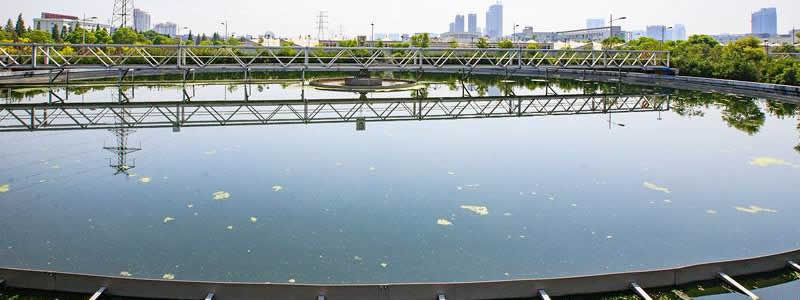
What Is Flocculant? A report on National Geographic magazine
The ‘Scraping Bottom’ article in the February 2009 issue of National Geographic magazine paints this picture of tailings ponds - “As the thick, brown slurry gushes from the discharge pipes, the sand quickly settles out, building the dike that retains the pond; the residual bitumen floats to the top. The fine clay and silt particles, though, take several years to settle, and when they do, they produce a yogurt-like goop - the technical term is ‘mature fine tailings’ - that is contaminated with toxic chemicals such as naphthenic acid and polycyclic aromatic hydrocarbons (PAH) and would take centuries to dry out on its own. Under the terms of their licenses, the mines are required to reclaim it somehow, but they have been missing their deadlines and still have not fully reclaimed a single pond.”
The National Post article continues, “Suncor’s new technology will mix mature fine tailings with polymer flocculant — a thickner — and then deposit that in thin layers over sand beaches with shallow slopes, the company explained.”
What is the polymer flocculant that Suncor is proposing to use for the tar sands tailings ponds?
According to web-based sources, it refers to chemicals that promote flocculation by causing suspended particles in liquids to aggregate, forming a floc.
The following chemicals are used as flocculants: alum, aluminium chlorohydrate, aluminium sulfate, calcium oxide, calcium hydroxide, iron(III), chloride iron(II), sulfate polyacrylamide, PolyDADMAC, sodium aluminate, and sodium silicate.
“(Suncor) wants to start implementing the new technology in 2010, should it receive approval from regulators.”
“Suncor (also) said it expects to ‘officially complete the reclamation’ of its first tailings pond in 2010, thanks to the old technology.” This refers to Suncor’s Pond 1.
But the National Geographic article provides another reality check to this ‘good news’ story - “In the oldest and most notorious (tailings pond), Suncor’s Pond 1, the sludge is perched high above the river held back by a dike of comPACted sand that rises more than 300 feet from the valley floor and is studded with pine trees. The dike has leaked in the past, and in 2007 a modeling study done by hydrogeologists at the University of Waterloo estimated that 45,000 gallons a day of contaminated water could be reaching the (Athabasca) river.”
The National Post story is at http://www.financialpost.com/story.html?id=2137828.
The National Geographic magazine article is summarized in this campaign blog, http://www.canadians.org/campaignblog/?p=104.
 Previous
Previous  Next
Next Get answers and advice from people you want it from.